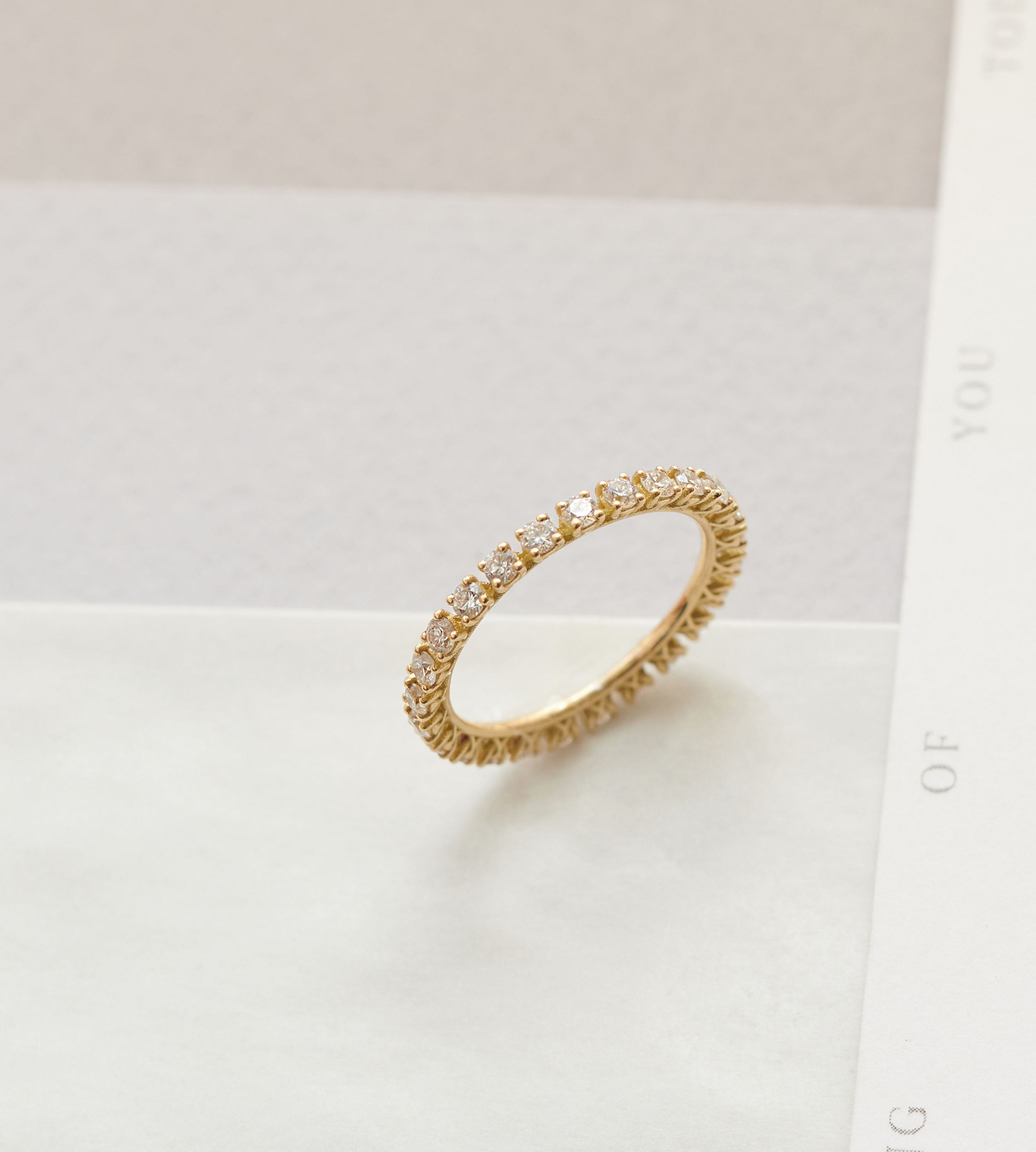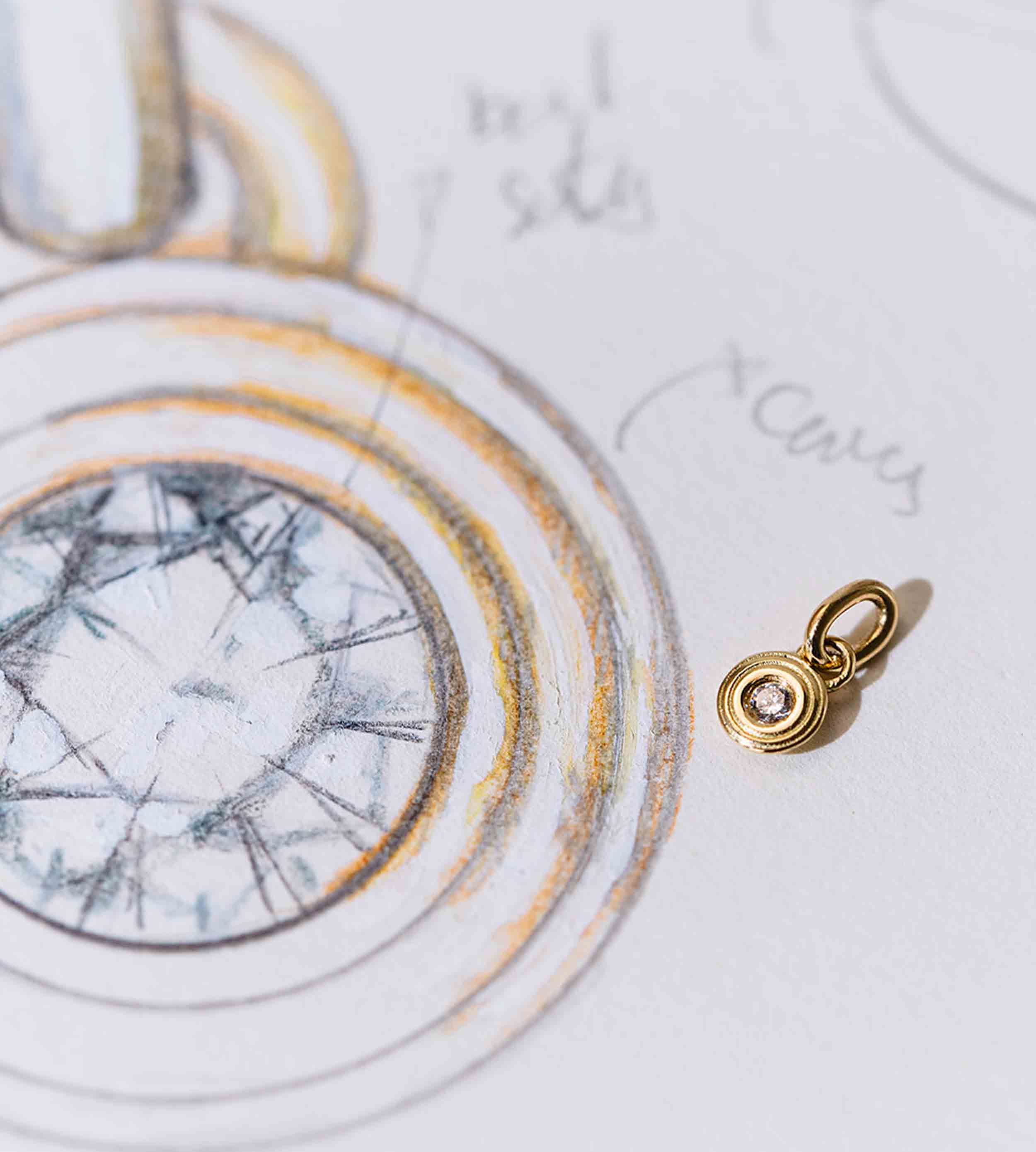We at Maren Jewellery believe in jewelry with meaning - beautiful, conscious, and responsible. In our expert journal, we talk to people who are breaking new ground and using their knowledge to drive real change in the industry.
In this issue, we take a look at the world of Lab Grown Diamonds - a topic that connects future and sustainability.
It is a pleasure for us to speak with Naman Parikh, the founder of Fenix Diamonds. As a pioneer in the development of high-quality, ethically produced diamonds, he combines technological innovation with sustainable thinking.
Join us for a conversation about transparency, technology, and why lab-grown stones are more than just an alternative – they are a statement for the future of jewelry.

Expert Talk with Naman Parikh: Lab Diamond Innovation & Responsibility
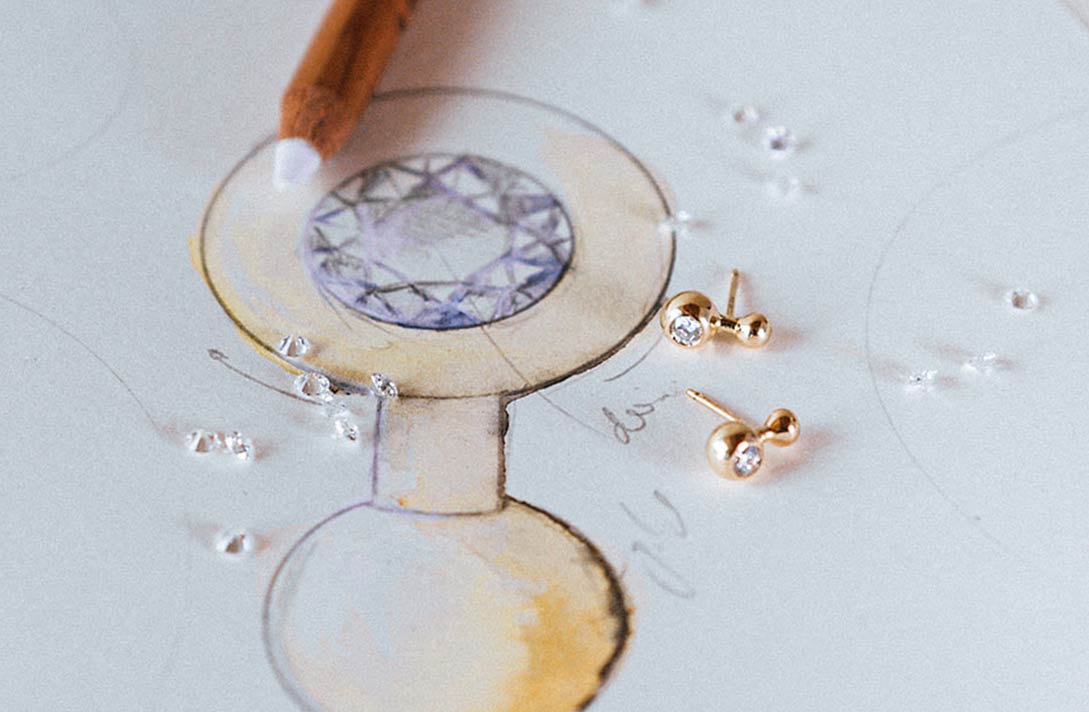
Expert Naman Parikh
Naman Parikh is the founder and CEO of Fenix Diamonds and one of the leading experts in the field of breeding, cutting, and distribution of lab-grown diamonds.
With his vision of an ethical and sustainable alternative, he has made Fenix a globally recognized provider of high-quality lab-grown diamonds. Under his leadership, the company relies on modern technologies such as CVD (Chemical Vapor Deposition), to produce environmentally friendly, traceable, and certified diamonds. The focus is on transparency, quality, and low-carbon production.
Through strategic acquisitions, such as that of the pioneer Lusix, Parikh drives innovations in the field of lab-grown diamonds. As a visionary in sustainable luxury, he sets new standards in an industry undergoing transformation.
Naman Parikh proves that true luxury does not have to come at the expense of people and the environment - and actively shapes the future of responsible jewelry.
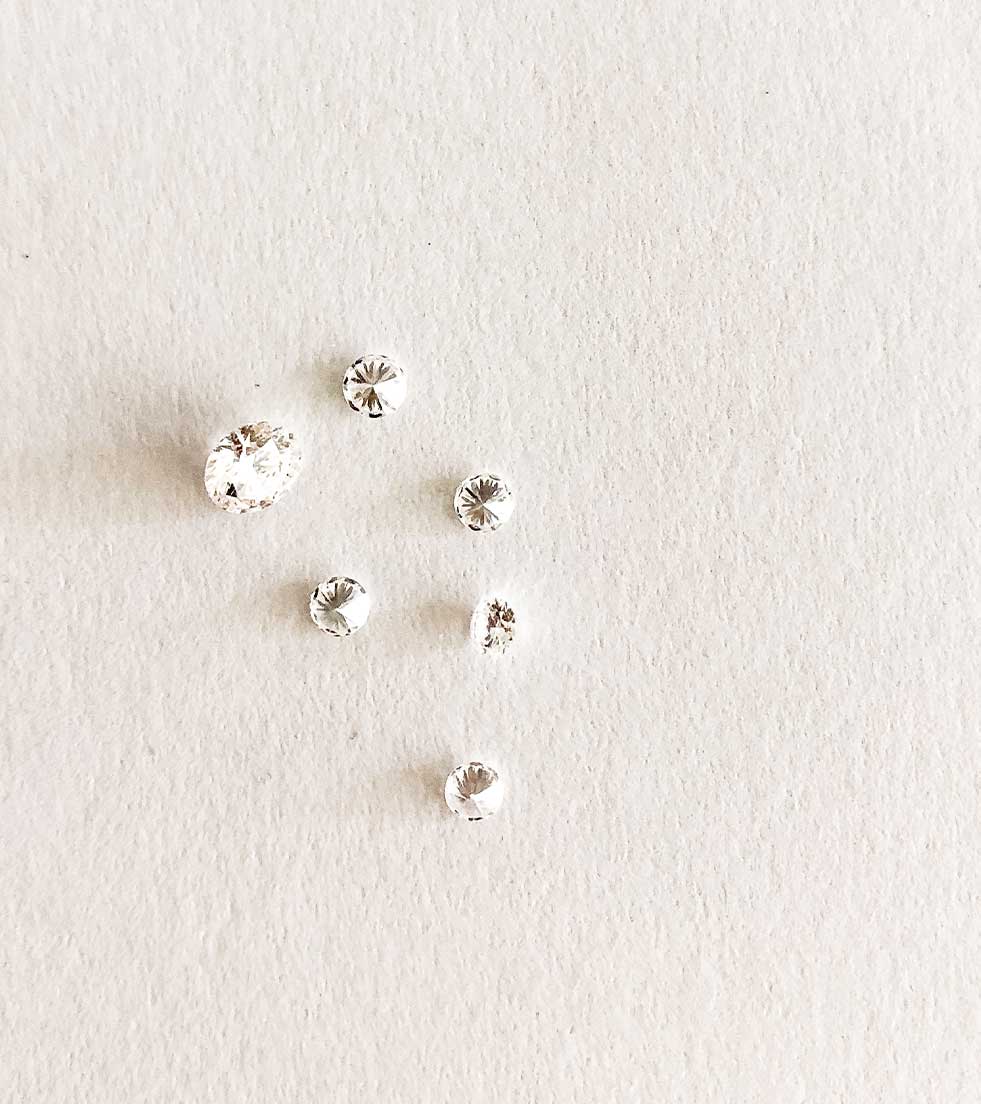
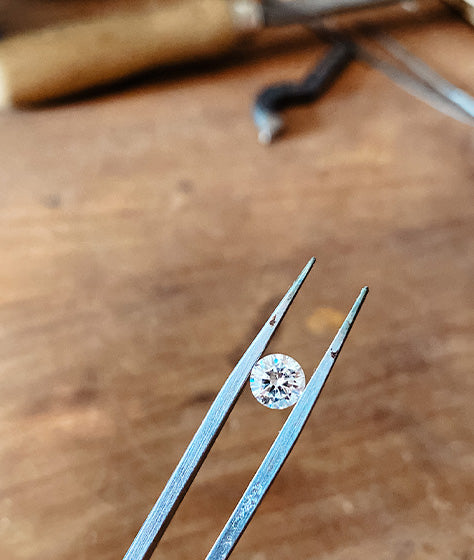
1. Lab-grown diamonds are considered a sustainable alternative to mined diamonds. What specific environmental benefits does their production offer – and what are the current challenges?
Naman Parikh: >To be honest, lab-grown diamonds can only be considered truly sustainable if they are produced using renewable energy.
The cultivation of a lab-grown diamond requires a considerable amount of energy. When such diamonds are produced using other energy sources like fossil fuels, they are less sustainable than assumed.
Fenix Diamonds has made significant investments in Gujarat, India - the world capital of diamonds - in generating its own renewable energy through solar and wind turbines. Approximately 70% of our energy needs are generated from our own sources. The remaining 30% is green energy that we obtain through the government's "Green Tariff" system. This is green energy that does not come from our own sources but from other renewable sources, provided by the government.<
2. Lab-grown diamonds are considered chemically and physically identical to natural ones. Which analytical methods (e.g., spectroscopy, crystal structure analysis) are used to verify and document the quality and purity of the synthetic stones?
Naman Parikh: > We apply 2 methods to ensure solid and consistent quality standards.
For all melees and stones under 0.29 carats, we ensure that our master graders evaluate each stone based on the 4 Cs - Cut, Color, Clarity and Carat . Each stone is also measured to the millimeter to ensure our customers receive a precise delivery accurate to the millimeter.
Finally, each stone passes through a testing machine to ensure that it is 100% lab-grown diamonds.
Once this is completed, we group a series of stones with the same characteristics into so-called lots/packages, each containing its own unique identification number. The information for each lot/package is stored in our traceability system.
For all stones from 0.30 carats, we apply the same steps as with the melees, but also make use of third-party laboratories such as IGI, which certify each individual stone.
In addition, every evaluated and certified stone receives its own unique number, which is laser-engraved onto the stone and allows for unique identification.<
3. Lab-grown diamonds are often cheaper than natural ones. How do you explain this price difference – and what impact does it have on their perceived value in the luxury segment?
Naman Parikh: > Lab-grown diamonds are made by humans and machines and can be supplied in large quantities. In addition, technological advances and automation have significantly contributed to making them very affordable.
I often compare it to the time when LCD TVs were introduced. When they first came to market, they were not sold for less than 3000 euros; now, thanks to mass production and technological progress, they are available for 200 euros.
We believe that both natural diamonds and lab-grown diamonds have their own place. The upscale, bespoke, and couture jewelry segment will always prefer natural diamonds. As a third-generation diamond dealer, we understand and appreciate the journey behind a natural diamond.
Lab-grown diamonds, on the other hand, offer a more democratic reach, allowing price-conscious customers to enjoy a beautiful quality product at affordable prices.
It's not about pitting one product against the other. We want to give the customer the opportunity to choose both a natural and a lab-grown diamond by highlighting their unique qualities.<
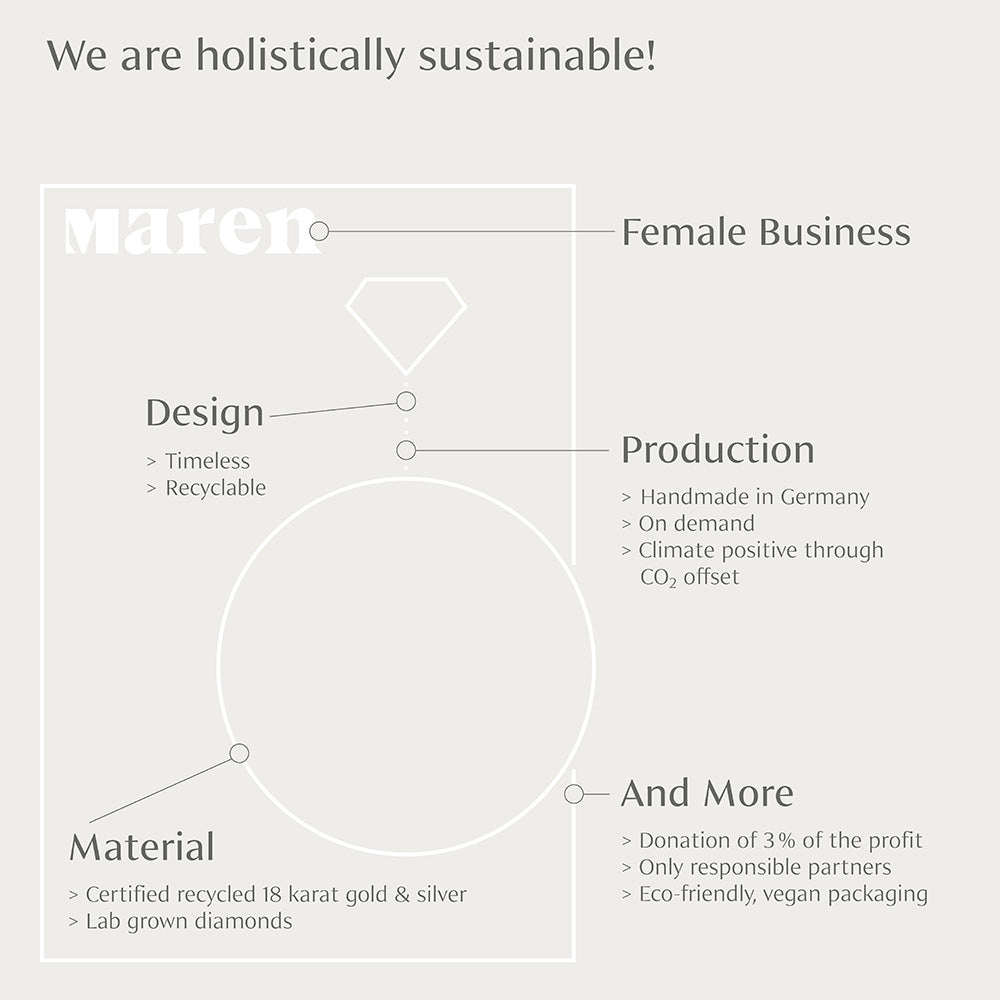
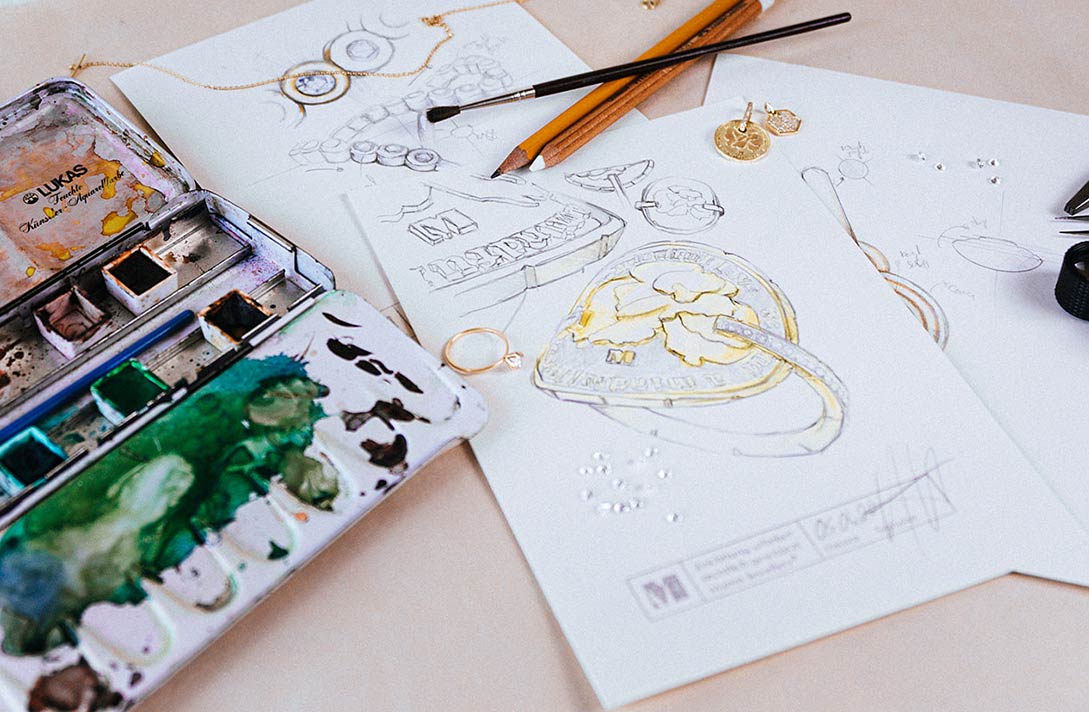
4. How do you see the future of lab-grown diamonds in the jewelry industry? Will their acceptance continue to grow – even among traditional luxury brands?
Naman Parikh: > We are very optimistic about lab diamonds, and we are confident that acceptance will increase year by year. There are many brands that want to expand their offerings, and lab diamonds are an ideal catalyst for that.
We also believe that lab diamonds can be used for more than just jewelry. We believe they have the potential to be used in various product applications, from jewelry to watches and hopefully even clothing and accessories.
Lab-grown diamonds are truly versatile when they reach their full potential. You just have to be a bit creative and explore new paths!<
We would like to thank Naman Parikh for his time, knowledge, and inspiring insights into the world of lab diamonds. His work with Fenix Diamonds impressively demonstrates how technological innovation and ethical action can work together to make the jewelry industry more sustainable. With his commitment to transparency, quality, and environmental responsibility, he makes an important contribution to the future of jewelry – and reminds us that true luxury comes not only from aesthetics but from attitude.

Written By Helge Maren
